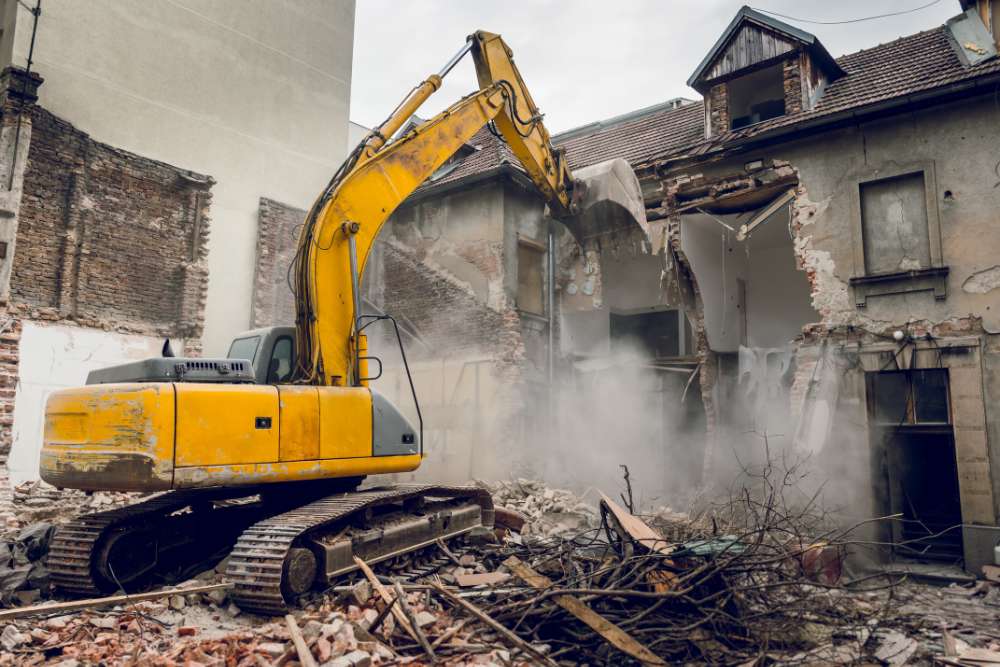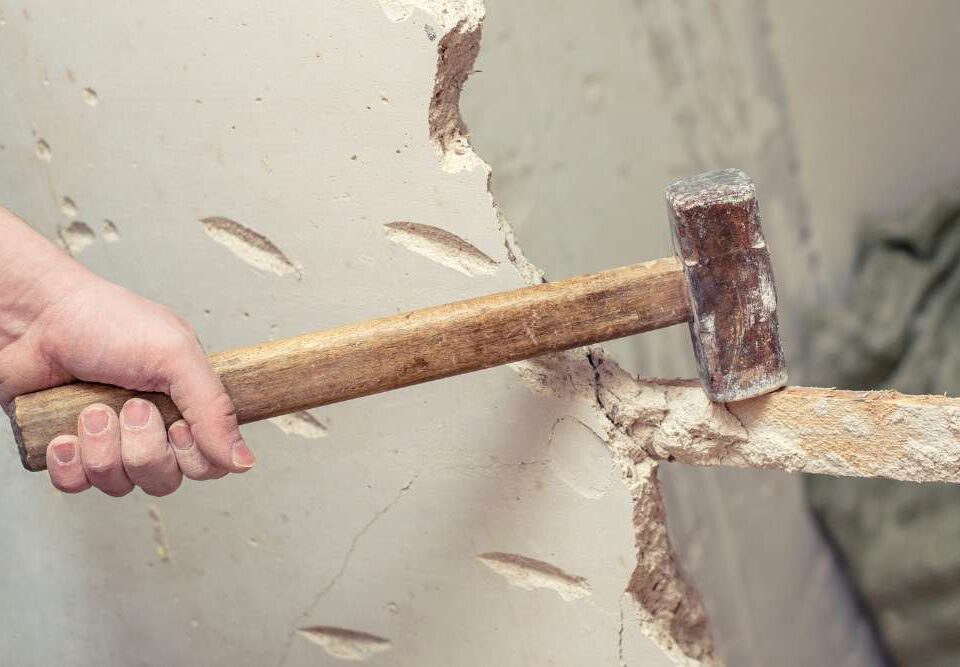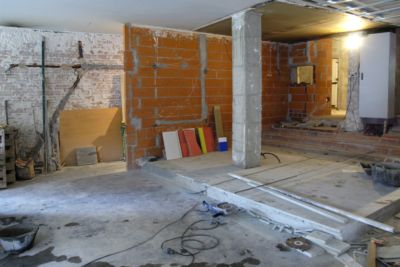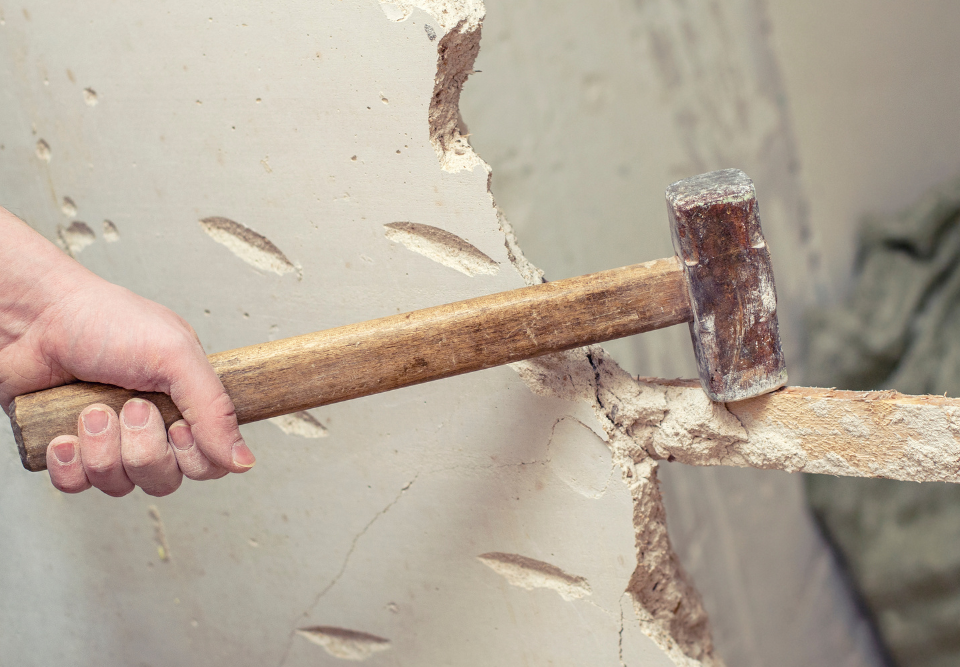
The Environmental Benefits of Demolition Cleanup
September 1, 2025
Drywall Removal What You Need to Know Before Starting
September 1, 2025How to Safely Handle Demolition Cleanup
Preparing Your Demolition Site for Safe Cleanup
Before tackling a demolition cleanup, it’s essential to plan your approach carefully to avoid hazards and ensure efficiency. Start by surveying the area for potential risks like sharp edges, unstable structures, or hidden nails. Clearing the space of unnecessary clutter will make movement easier and reduce the chances of accidents. Make sure to designate specific areas for debris sorting and storage. Wearing protective gear, such as gloves, safety goggles, and sturdy footwear, is crucial to shield yourself from cuts, dust, and falling objects. It’s also helpful to gather the right tools and containers for hauling debris safely without overloading yourself or causing injury.
Establishing a system for separating materials like metal, wood, and concrete not only makes disposal easier but also encourages recycling and responsible waste management. Maintaining clear walkways and keeping heavy items low to the ground will prevent trips and falls. If children or pets are nearby, create barriers to keep them away from the demolition area. A methodical approach combined with proper safety precautions ensures the cleanup process is smooth and minimizes the chance of accidents or injuries, giving you peace of mind while clearing out debris.
Using the Right Equipment and Tools
Handling demolition cleanup efficiently requires the right set of tools and equipment. A wheelbarrow, heavy-duty trash bags, and a durable broom can make moving debris more manageable, while a sledgehammer and crowbar are essential for dismantling stubborn structures. For larger projects, consider renting machinery such as skid steers or mini-excavators, which can handle heavy materials with minimal strain. Always inspect your equipment before use to ensure it is in good working condition, and never attempt to lift or carry items that are beyond your physical limits without assistance.
Proper equipment not only speeds up the process but also significantly reduces the risk of injury. Organize your tools so that they are easily accessible and store hazardous items like broken glass or nails separately in labeled containers. Using equipment correctly, maintaining steady posture, and employing safe lifting techniques can prevent strains and sprains. Remember that demolition cleanup is as much about strategy as it is about hard work; the right tools in the right hands can turn a daunting task into a manageable and even satisfying project.
Managing Dust and Airborne Particles
Demolition creates a lot of dust and airborne particles, which can be harmful if inhaled. To protect yourself, wear a high-quality respirator or dust mask and ensure the area is well-ventilated. Cover nearby vents and seal off rooms to prevent dust from spreading. Wetting down surfaces with water can also reduce the amount of dust released into the air. If possible, schedule cleanup on dry, calm days to minimize the risk of dust traveling to neighboring areas. Taking these precautions not only safeguards your health but also keeps the surrounding environment cleaner.
In addition to personal protection, consider the placement of debris to avoid dust accumulation. Using tarps to contain dust-heavy materials can make disposal more manageable while reducing airborne contamination. Regularly sweeping or vacuuming the area with HEPA-filtered equipment helps maintain cleaner air and prevents dust from settling on surfaces where it might cause respiratory issues later. By proactively managing dust, you create a safer and healthier space for yourself and anyone assisting with the demolition cleanup.
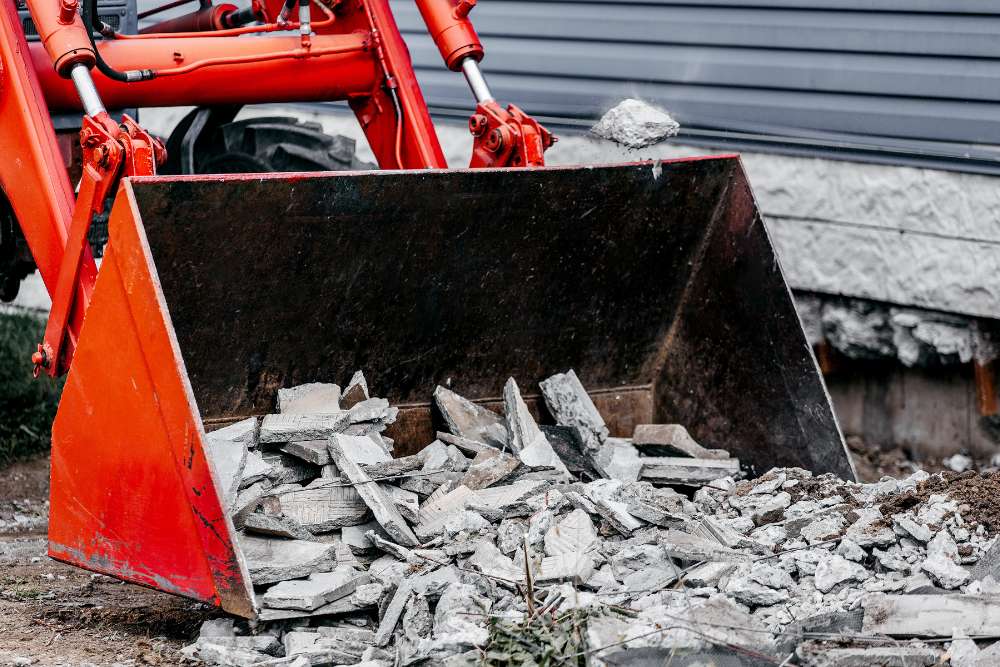
Proper Disposal of Hazardous Materials
Demolition often involves materials that require special handling due to their hazardous nature. Items like asbestos, lead paint, or treated wood must be disposed of according to local regulations. Never mix hazardous waste with regular debris, as this can pose serious health risks and result in legal consequences. Research local disposal guidelines and facilities equipped to handle these materials safely. Label hazardous items clearly and store them separately until they can be properly taken to a certified disposal site.
Even materials that seem harmless, such as broken glass, nails, or chemical residues, should be managed carefully. Using sturdy containers and segregating sharp objects can prevent injuries during transport and disposal. Adhering to disposal regulations protects not only your health but also the environment, reducing the potential for contamination. Careful planning and strict adherence to safety standards when handling hazardous materials ensure that your demolition cleanup remains safe and responsible.
Lifting and Moving Heavy Debris Safely
Heavy debris is one of the most common hazards during demolition cleanup. Always assess the weight and stability of objects before attempting to lift them. Use proper lifting techniques, keeping your back straight, bending your knees, and avoiding twisting motions. If an item is too heavy or awkward, enlist help or use mechanical aids like dollies, hoists, or wheelbarrows to prevent injury. Planning the path before moving materials reduces the chance of tripping or dropping debris on yourself or others.
Organizing the work into smaller, manageable loads can make the process less strenuous and safer. Stack debris in stable piles and avoid overloading containers. Clear the area of obstacles to maintain a smooth path for transporting materials. By being mindful of weight, posture, and teamwork, you significantly reduce the likelihood of accidents and ensure that heavy lifting during demolition cleanup is carried out safely and efficiently.
Securing the Work Area
Securing the demolition site is crucial to prevent accidents and maintain control over the cleanup process. Erect barriers or caution tape around the area to warn others of potential hazards. Signage indicating dangerous zones can keep both helpers and passersby aware of risks. Ensuring that tools and debris are not left in walkways prevents trips and falls. Check for structural instabilities that may pose immediate threats and address them before proceeding with the cleanup.
Regular monitoring of the site throughout the cleanup helps identify new risks as debris is removed. Keeping the area organized and free of loose materials allows for safer navigation and reduces the chance of injury. Communicate with anyone assisting on the project, establishing clear roles and safety protocols. By maintaining a controlled and secure work environment, you create conditions that promote efficiency while minimizing hazards during demolition cleanup.
Sorting and Recycling Materials
Effective demolition cleanup involves separating materials for disposal, recycling, or repurposing. Concrete, metal, wood, and plastics should be sorted into designated piles to facilitate proper handling. Recycling not only reduces landfill contributions but can also save money and resources. Take time to remove nails, screws, and other fasteners from wood before recycling. Proper sorting ensures that recyclable materials are not contaminated and remain suitable for processing.
Recycling also extends to electronics and appliances, which often contain valuable metals and components. Partnering with local recycling centers or donation facilities can provide responsible alternatives to simply discarding materials. By taking a thoughtful approach to sorting and recycling, you can complete your demolition cleanup in an environmentally conscious manner, keeping your site organized and promoting sustainability in your community.
Maintaining Personal Safety During Cleanup
Personal safety is paramount in demolition cleanup. Wearing protective clothing, helmets, gloves, and eye protection reduces the risk of injury from sharp or falling objects. Stay hydrated and take breaks to avoid fatigue, which can compromise your attention and reaction time. Be aware of your surroundings, paying attention to uneven surfaces, loose debris, and other hazards. Never attempt to rush the cleanup, as haste increases the likelihood of accidents.
Having a safety plan in place for emergencies, including a first aid kit and emergency contacts, can make a significant difference. Communicate with anyone helping you to ensure everyone is following safety protocols. By prioritizing personal safety and remaining vigilant throughout the cleanup, you not only protect yourself but also set a standard of caution and care that benefits everyone involved in the demolition project.
Handling Unexpected Challenges
Demolition cleanup often presents unexpected challenges such as hidden structural damage, weather interference, or unexpected debris types. Approach each situation with flexibility and caution, assessing risks before taking action. Having contingency plans and extra materials on hand, like tarps, additional containers, or temporary supports, allows for quick adaptation. Staying calm and methodical can prevent small issues from escalating into accidents or delays.
Communication and problem-solving skills are critical when addressing surprises during cleanup. Collaborate with helpers to distribute tasks and brainstorm solutions. Keeping the site organized while adjusting to new challenges ensures that the demolition progresses safely and efficiently. Embracing adaptability while maintaining safety protocols helps you overcome obstacles with minimal disruption and maximum protection for everyone involved.
Final Cleaning and Inspection
The last stage of demolition cleanup involves a thorough sweep and inspection to ensure the area is safe and ready for future use. Remove small debris, nails, and sharp objects, and vacuum or sweep dust and fine particles. Inspect structures, floors, and walkways for any lingering hazards. Take note of areas that may need additional repairs or reinforcement before using the space again. Ensuring a clean and hazard-free environment reduces future accidents and improves the usability of the area.
Final checks provide peace of mind and mark the completion of your cleanup project. Properly disposing of all collected materials according to local regulations ensures environmental responsibility. By taking the time for a meticulous final cleaning and inspection, you not only restore order to the space but also reinforce safety, making the area fully prepared for whatever comes next in your renovation or construction journey.
Conclusion
Handling demolition cleanup safely requires attention to detail, the right equipment, and a methodical approach. Prioritizing personal safety, managing debris, and adhering to proper disposal methods protects both the individuals performing the work and the surrounding environment. By sorting materials, securing the work area, and preparing for unexpected challenges, you can create a safe and efficient cleanup process that prevents accidents and promotes sustainability. Following these practices ensures that your demolition cleanup is thorough, responsible, and hazard-free.
For reliable junk removal in Santa Rosa, CA, consider contacting North Bay Junk Removal. Their professional team is experienced in handling debris from demolition, construction, and general cleanup projects. With the right tools and expertise, they make clearing out spaces safe and efficient. Call North Bay Junk Removal today at 707-478-6817 to schedule your service and restore your property to a clean and organized state.

